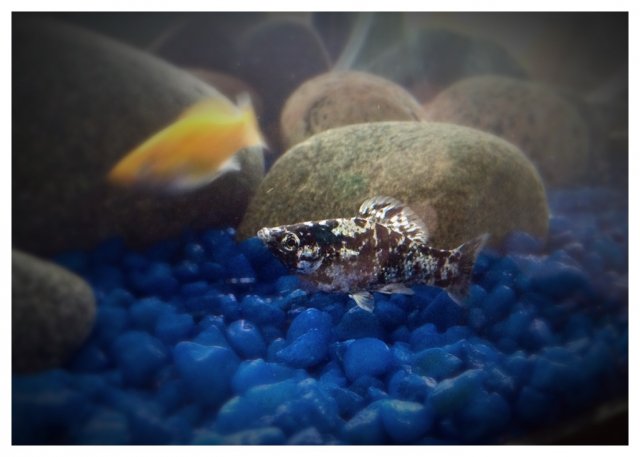So I bought three mollies a few weeks ago from my local pet store, KNOWING that I had two females and a male. The dalmation molly (a female) looked pregnant. I've been watching both females closely for any sign of pregnancy, wondering why the dalmation was starting to look less pregnant. I also noticed that her anal fin looked kind of funny...
Today, I saw her move her anal fin as if it was a gonopodium (male reproductive part)!
Is SHE turning into a male, or is HE a very late bloomer?? What do ya think?


Today, I saw her move her anal fin as if it was a gonopodium (male reproductive part)!
Is SHE turning into a male, or is HE a very late bloomer?? What do ya think?




